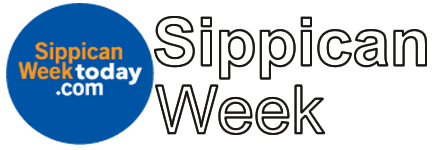Indian logo, gender inclusivity top priorities at first diversity subcommittee meeting
Story Location
United States
Dartmouth’s Equality and Diversity Subcommittee met for the first time on May 4 and immediately began to lay the groundwork to promote its mission of representation and inclusion in the town’s schools.
Appointed to the subcommittee include School Committee members Dr. Shannon Jenkins and Kathleen Amaral, community representatives Shelly Scott and Elizabeth Murphy, and Dartmouth Public Schools employees Lili Chamberlain, Kelly Bloom, Diane Massari, Ross Thibault, and Marc Hayes.
Members made it clear one of the first big issues will be whether or not Dartmouth High should eliminate its Indian logo.
The issue has come up repeatedly in recent years, with sports teams and brands nationwide reexamining their minority representation and bills prohibiting Native American mascots for public schools introduced in the state legislature last year.
In August 2020, officials set up the subcommittee to look into the logo — and diversity issues in the Dartmouth Public Schools in general — after previously rejecting the move in October 2019.
Dr. LaSella Hall, the president of the National Association for the Advancement of Colored People New Bedford, wrote to school officials in March expressing his organization’s frustration with inaction on the issue.
In his letter, Hall included a list of 15 Massachusetts school districts that have already retired their Indian mascots, including Barnstable, Braintree, Hanover, and Pentucket.
He wrote that mascots create a negative environment for indigenous people and noted that the school district has not consulted any native leadership on the issue.
“That was an issue that was very much at the heart of this formation of this committee,” Jenkins said. “But that’s not the only issue we decided we’re going to look at.”
An immediate issue, Jenkins noted, is making sure to get student voices added to the group — particularly those from more diverse backgrounds.
“We are a very white committee,” Jenkins said. “Who you have at the table matters — discussions are better and richer when you have different viewpoints and different voices at the table.”
Once on the subcommittee, the two student members will have equal voting power as the other members. According to Thibault, the high school’s multicultural and equity and diversity clubs have several students who have expressed interest in joining.
“I don’t think we’d have problems finding a student,” he said.
Another focus will be on gender inclusivity in Dartmouth’s schools.
Scott said she hopes to know more about dress codes and how they apply to those who identify as different genders or do not conform to binary genders.
Bloom, a social worker at Quinn School, said she would like to see discussions based around transgender students, noting that it’s something that “kids are coming out with more and more.”
“What is their sense of acceptance and inclusion?” she asked.
Jenkins agreed. She recalled in the yearly school reports to the state that this year, there was one student reported as nonbinary — even though reports only ask for the number of male or female students.
“Just the act of putting that line in that report, to me, meant so much,” she said. “It’s those very little things that we’re going to start hopefully noticing and looking at in ways that create that sort of community we’re talking about.”
The next Equality and Diversity Subcommittee meeting is May 18.
































